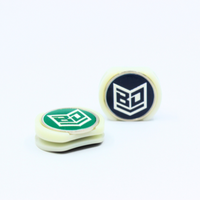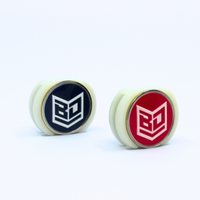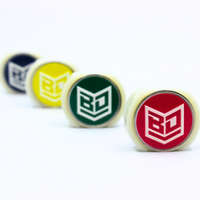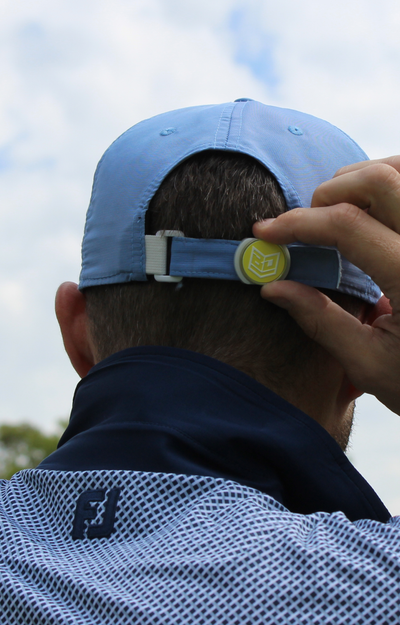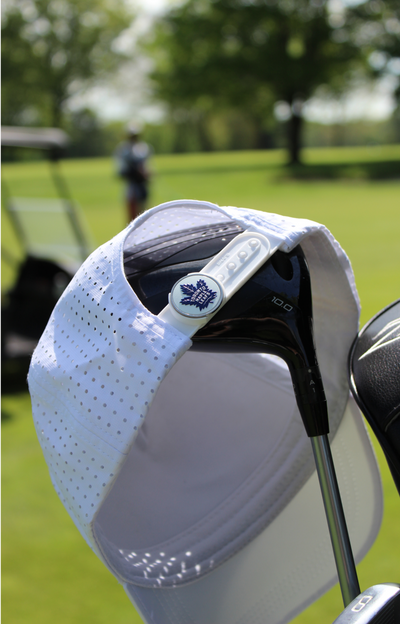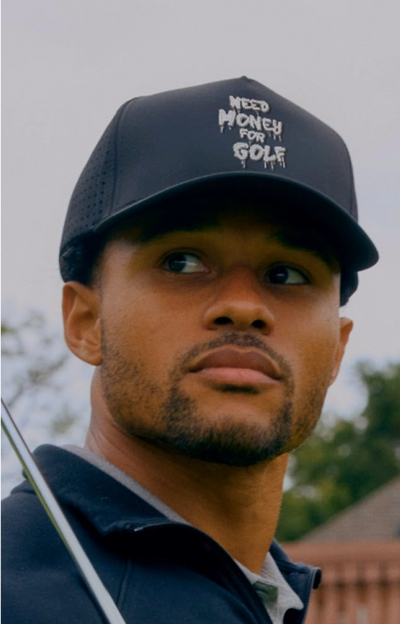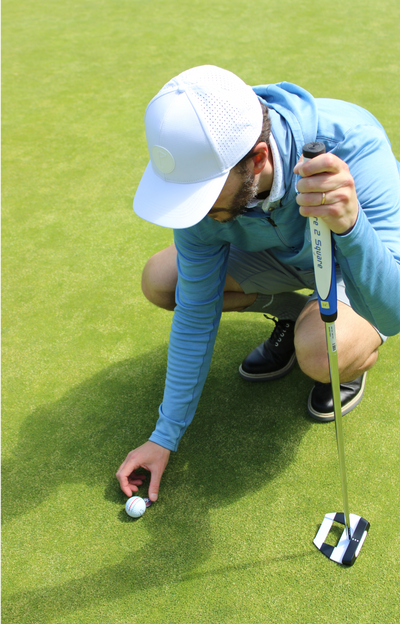They Call It “Paris of the West” (San Francisco by bike)
It wasn’t given the moniker “Paris of the West” for nothing. San Francisco is a small city by U.S. standards but what it lacks in size it more than makes up for with culture, the arts, dazzling natural beauty, and world-class cuisine. Most people don’t realize how much this little city of just under a million people offers.
As a relatively recent east coast transplant I’m often struck by how much San Francisco resembles my hometown of New York City. There is a financial district (pragmatically shortened to “FiDi”) that also features a “Maiden Lane”, a “Front Street”, a defunct Loehmann’s department store, fancy coffee shops and cheap ethnic eateries all housed in tall buildings tightly packed into half a square mile. FiDi borders San Francisco’s Chinatown and Little Italy. It makes you wonder if all old American cities, like New York and Chicago, were required to build a financial district, Chinatown, and Little Italy next to each other, as if that was somehow the magical formula for stock market success. At any rate, the similarities don’t just end there.

Chinatown
A few blocks farther west lies the Tenderloin, a neighborhood of historical infamy and ill-repute, much like New York’s Times Square, and is home to perhaps the largest open-air drug market in the U.S. today. While NYC has plenty of drug dealers and addicts it does take place under wraps and away from the watchful eyes of the NYPD. San Francisco’s history of psychedelic drugs no doubt erases much of the stigma associated with buying and using popular illegal drugs, like fentanyl, meth, and cocaine and you can often see drug sales and use out in the open. Oddly, the Tenderloin is also home to a vibrant immigrant community with new Americans hailing from the Middle East, South and Southeast Asia, East Africa, and Latin America.
Another mile west lies the largest Japantown in the U.S. The neighborhood is still thriving today and boasts outstanding restaurants, shops, and numerous Asian grocery stores.
Looking south past Market Street you can find the Mission District, a slice of Latin America and home to some of the most beautiful street murals in the U.S.
The best way to get a sense of the richness of this city is to explore by bicycle or electric scooter. Directions are in italics.
The Tenderloin
Just a couple of blocks west of Union Square the Tenderloin was the red-light district of San Francisco during the late 19th and early 20th centuries. Brothels, burlesque houses, flop houses, speakeasies, restaurants, theaters, music venues--both the base and sublime mixed here. Thelonius Monk and other great jazz musicians recorded live albums at the Black Hawk nightclub located on Hyde and Turk Streets. One of the earliest pre-Stonewall “gay riots” took place near Taylor and Turk Streets on August 1966 when the police attempted to arrest a transgender woman. This led to a mass demonstration by local drag queens fighting back with high heels and heavy handbags!
Not only politics but art and architecture have shaped the Tenderloin. The Alcazar Theater, originally built in 1917 as a Masonic temple, is now a legitimate theater hosting private events on Geary Street. It was designed in early 20th century Exotic Revival style to resemble the Alhambra in Spain. Two blocks away the Alhambra Apartments at 860 Geary St. feature a Moorish style facade. The balcony at the top belongs to the legendary penthouse where Rudolph Valentino was said to entertain his friends and lovers.

Alcazar Theater, Tenderloin
Start at Union Square and head west on Geary Street. Go west past Jones St. and look for the Alcazar Theater on your right. After marveling at the Moorish and Byzantine facade, look for Scullery Cafe on your left just past the theater for some delectable artisanal coffee and snacks. Continue west on Geary Street past Leavenworth and Hyde Streets. On your right you will find the Alhambra Apartments at 860 Geary Street.
If you’re looking for more than a snack, Tadu Ethiopian Kitchen and Pho 2000 (Vietnamese) nearby serve excellent dishes at reasonable prices.
Continue on Geary until you reach Polk St. Make a left on Polk and head south to Grove St.
Japantown (日本街)
There are only four Japantowns left in the U.S. and San Francisco has the largest one. Written with the characters “日本街” (pronounced “nihon machi”), it’s approximately six square blocks made up of a large indoor shopping plaza split into the East Mall and West Mall, the Peace Plaza and Pagoda, and various smaller businesses like Nijiya Market, a Japanese American chain supermarket. The great thing about San Francisco Japantown is that many of the shops are authentic and haven’t been turned into tacky tourist traps. In the indoor mall you can find Kinokuniya, Japan’s answer to Barnes & Noble, where a small selection of English language books are available. There is also a kissaten, a Japanese-style cafe serving coffee and pastries, a Daiso store selling discount home items, ramen and udon shops, and even a chain Japanese photo booth called Pika Pika, where you can commemorate your visit with a professionally crafted selfie. If you’re at all familiar with Asian pop culture you’ll know that Japan has a love affair with all that is European. At the New People Mall opposite of Nijiya Market check out Crown & Crumpet and sample their British afternoon tea complete with kawaii pink decor and other cute accouterments.
Tucked between the East and West malls is a large open space called the Peace Plaza, with a five-story pagoda rising above it, making it the biggest landmark of Japantown. The pagoda is a Buddhist stupa and was presented as a gift from Osaka to San Francisco in 1968.

Peace Plaza, Japantown
This neighborhood is especially festive during Japanese holidays, such as the Obon festival. Obon in Japantown is hosted by the Buddhist Church of San Francisco every July. It was canceled this year due to COVID-19, but it should be back (Buddha willing) next summer.
Turn right on to Grove St. Go west on Grove until you reach Octavia St. Make a right on to Octavia and an immediate left on to Fulton St. From Fulton turn right on to Webster St. The entrance to the indoor mall is near the corner of Webster and Post St.
After biking all this way I like to stop for an ice cream parfait at the Matcha Cafe Maiko tea shop located in the indoor shopping mall. It comes in matcha green tea or hojicha flavor. Top it off with mochi, kinako (roasted soybean flower), red bean paste, and a candied chestnut for a Japanese style ice cream sundae.
The Mission District
Probably the coolest neighborhood in San Francisco, the Mission District offers fantastic food ranging from some of the city’s best bakeries, like Tartine, to some of the best tacos in the U.S. Check out Mission Dolores Park for people-watching on the weekends and trendy Valencia Street for taco joints and eateries. Don’t miss Mission Dolores Basilica, an 18th century Spanish church and the oldest structure in San Francisco. However, if you’re short on time the one thing not to be missed are the colorful street murals.

Balmy Alley. Photo by Nicholas Doyle
Concentrated in Clarion Alley and Balmy Alley the street murals tell stories about working class and immigrant struggles both here and in Latin America. Newer artists have added other grass roots causes to their artwork, embracing Black Lives Matter, transgender rights, climate change, and gentrification as subjects of their work.
San Francisco is small but with nooks and crannies galore, each harboring much more history than you’d expect. Wandering around its streets is to travel through its past and present at the same time. A timeless city.
- Jane L.
@velovoy
Jane hails from the east coast but now considers herself a proper Californian. In her free time she bikes and reminisces about surfing in Peru. She is the founder of Velovoy, a startup offering GPS-enabled audio bike tours in cities around the world. Check out the app at Velovoy.com.
